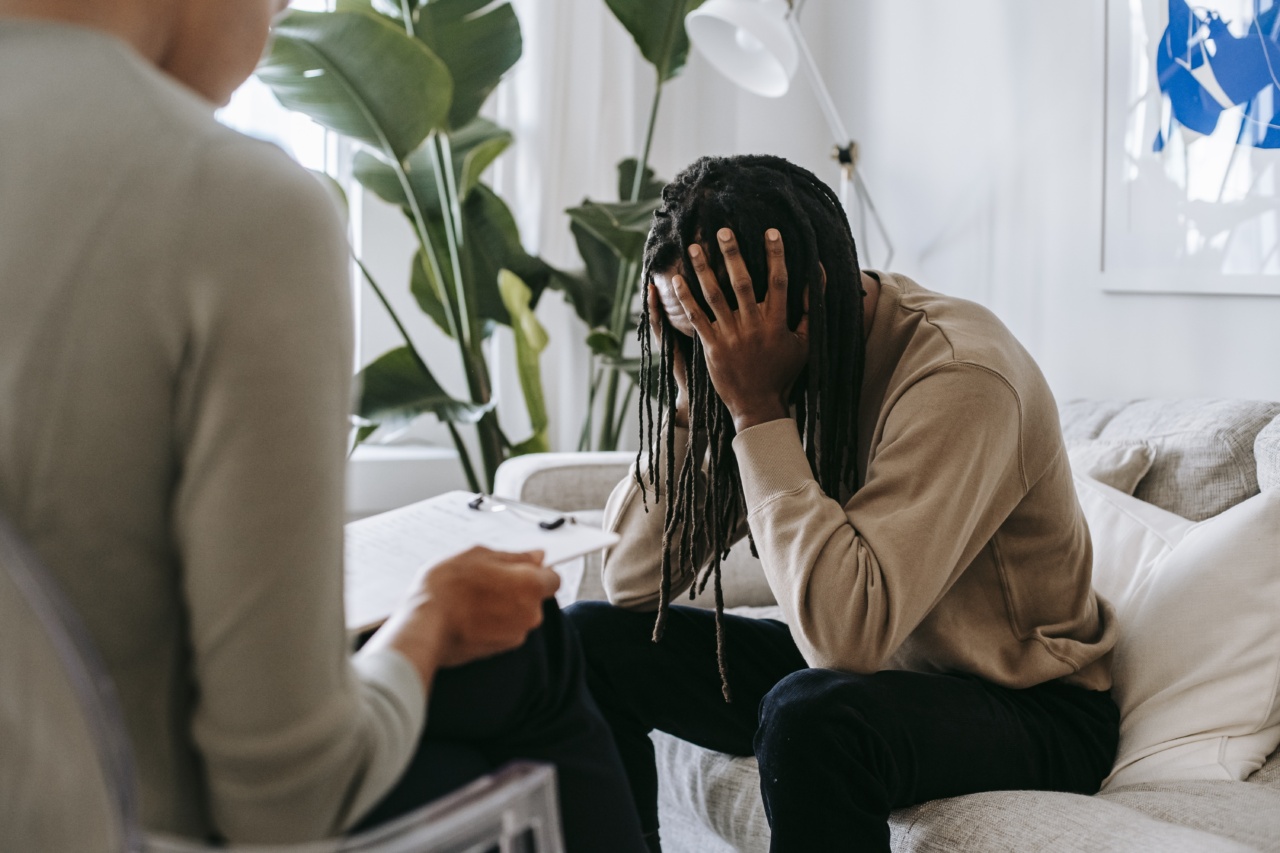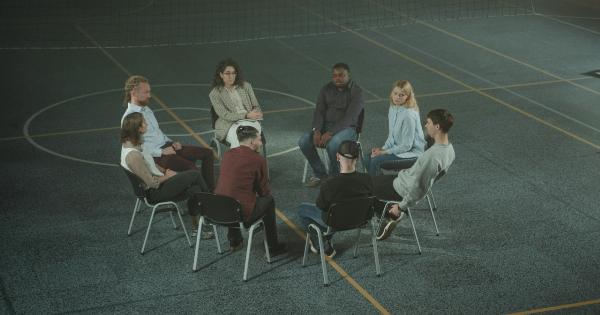Anxiety disorder is a mental health condition that affects millions of people worldwide. It is characterized by excessive worry, fear, and apprehension.
People with anxiety disorders may experience panic attacks, sleep disturbances, and difficulty in social situations. While there are various treatment options available, yoga and psychotherapy have shown promising results in managing anxiety symptoms. In this article, we will explore the effectiveness of both approaches to help individuals make an informed decision.
What is Anxiety Disorder?
Anxiety disorder is a broad term that encompasses several different types of mental health conditions.
Generalized Anxiety Disorder (GAD), Social Anxiety Disorder (SAD), Panic Disorder, and Phobias are some of the commonly diagnosed types of anxiety disorders. Each type has its specific symptoms and triggers.
The Role of Yoga in Anxiety Management
Yoga is an ancient practice that combines physical postures, breathing exercises, and meditation. It focuses on the mind-body connection and aims to promote overall well-being. Several studies have shown the positive impact of yoga on anxiety symptoms.
Here are a few ways in which yoga can be beneficial:.
1. Stress Reduction
Yoga helps in reducing stress levels by activating the relaxation response in the body. The combination of gentle movements, deep breathing, and meditation helps calm the nervous system and lowers cortisol levels, the stress hormone.
2. Mindfulness
Practicing yoga cultivates mindfulness, which is the ability to stay fully present in the current moment.
This mindfulness practice allows individuals to observe their anxious thoughts without judgment, reducing the overall impact of anxiety on their well-being.
3. Physical Activity
Engaging in regular physical activity, such as yoga, releases endorphins, also known as “feel-good” hormones. These chemicals in the brain enhance mood, alleviate stress, and promote a sense of well-being.
4. Breathing Techniques
Yoga incorporates various breathing exercises, such as diaphragmatic breathing, alternate nostril breathing, and deep belly breathing.
These techniques help individuals regulate their breath, activate the parasympathetic nervous system, and promote a state of relaxation.
5. Body Awareness
Regular yoga practice increases body awareness. This heightened awareness allows individuals to recognize physical sensations associated with anxiety, such as muscle tension or shallow breathing.
By consciously relaxing these areas, individuals can reduce anxiety symptoms.
The Role of Psychotherapy in Anxiety Management
Psychotherapy, also known as talk therapy, involves working with a trained mental health professional to explore and address underlying causes of anxiety.
There are various types of psychotherapy, including Cognitive Behavioral Therapy (CBT), Exposure Therapy, and Dialectical Behavioral Therapy (DBT).
1. Identifying Triggers
Psychotherapy helps individuals identify and understand their anxiety triggers. By recognizing what brings about anxiety, individuals can develop coping strategies and address the root causes of their anxiety disorder.
2. Cognitive Restructuring
In Cognitive Behavioral Therapy (CBT), individuals learn to recognize and challenge negative thought patterns that contribute to anxiety. This process helps reframe thoughts and beliefs, promoting more positive and realistic thinking.
3. Exposure Therapy
Exposure therapy is particularly useful for individuals with specific phobias or panic disorder. It involves gradually exposing individuals to their fears in a controlled environment, allowing them to learn that their anxiety diminishes over time.
4. Coping Skills
Psychotherapy equips individuals with a variety of coping skills to manage anxiety. These skills may include relaxation techniques, stress management strategies, and problem-solving techniques.
5. Relationship Building
Through psychotherapy, individuals can develop a strong therapeutic relationship with their therapist. This relationship provides a safe space for individuals to express their fears and concerns, fostering healing and personal growth.
Yoga vs. Psychotherapy: Which is Better?
When it comes to managing anxiety disorder, there is no one-size-fits-all solution. Different approaches work for different individuals. Some people may find relief through yoga alone, while others may benefit from psychotherapy or a combination of both.
It is important to consider personal preferences, severity of symptoms, and individual needs.
Combining Yoga and Psychotherapy
For many individuals, combining yoga with psychotherapy can provide comprehensive support in managing anxiety disorder.
Engaging in yoga practice alongside regular therapy sessions can enhance the effects of both approaches and promote holistic well-being.
Conclusion
Anxiety disorder is a complex condition that requires individualized treatment. Yoga and psychotherapy have both shown promising results in managing anxiety symptoms.
While yoga focuses on the mind-body connection, stress reduction, and relaxation techniques, psychotherapy delves into the underlying causes, cognitive restructuring, and the development of coping skills. The choice between yoga and psychotherapy or a combination of both depends on the individual’s preferences and needs. Consulting with a healthcare professional or mental health therapist can help determine the most suitable treatment approach.



























